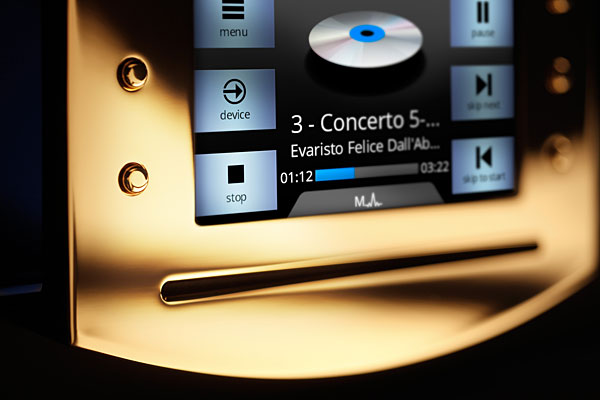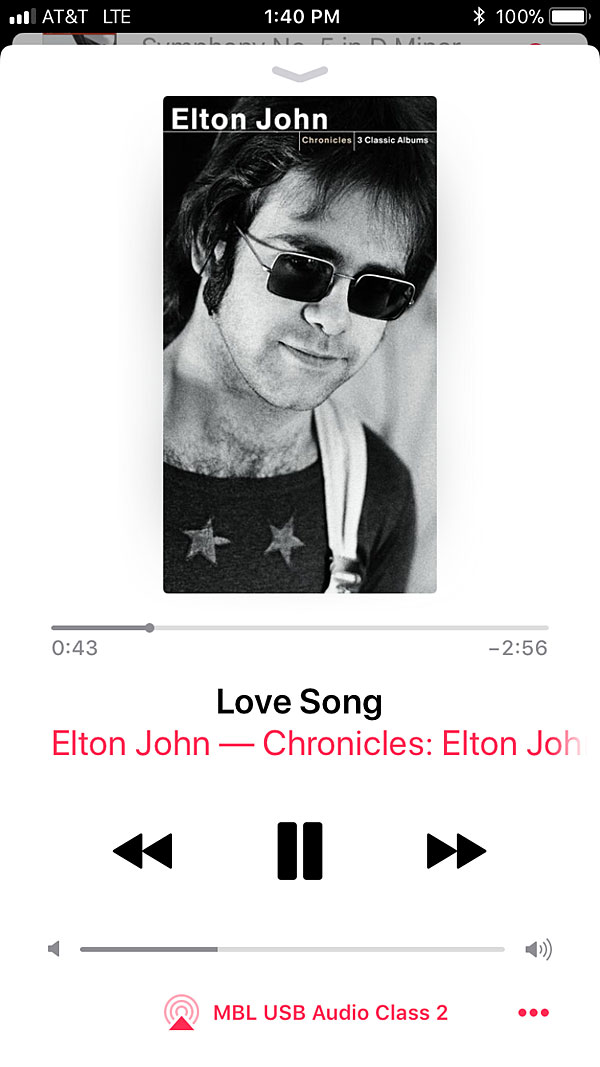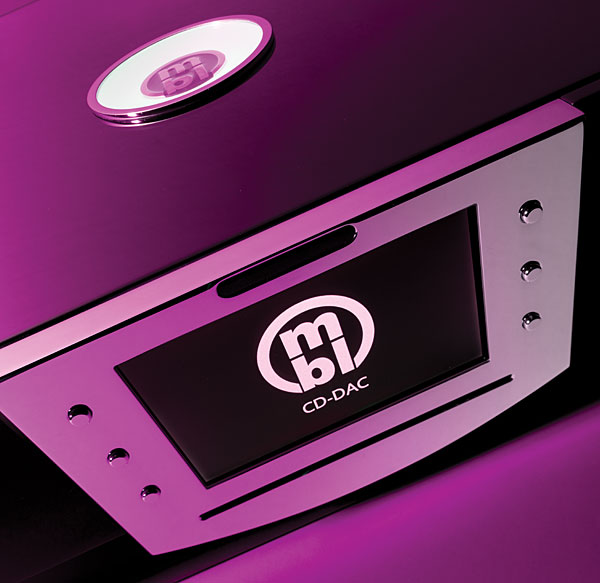| Columns Retired Columns & Blogs |
Please correct me if I'm wrong, but isn't this whole issue a consequence of the mastering being done poorly? If the people doing the mastering didn't "push" the recorded levels so high, right up against 0 dB, then there wouldn't be any intersample overs? Isn't this another issue caused by the poor quality of the recordings that we are being offered? A higher quality of engineering would eliminate so many of the problems that we are facing in recorded music. These are not "digital" defects, these are symbolic of poor quality work. IMHO, of course...









































